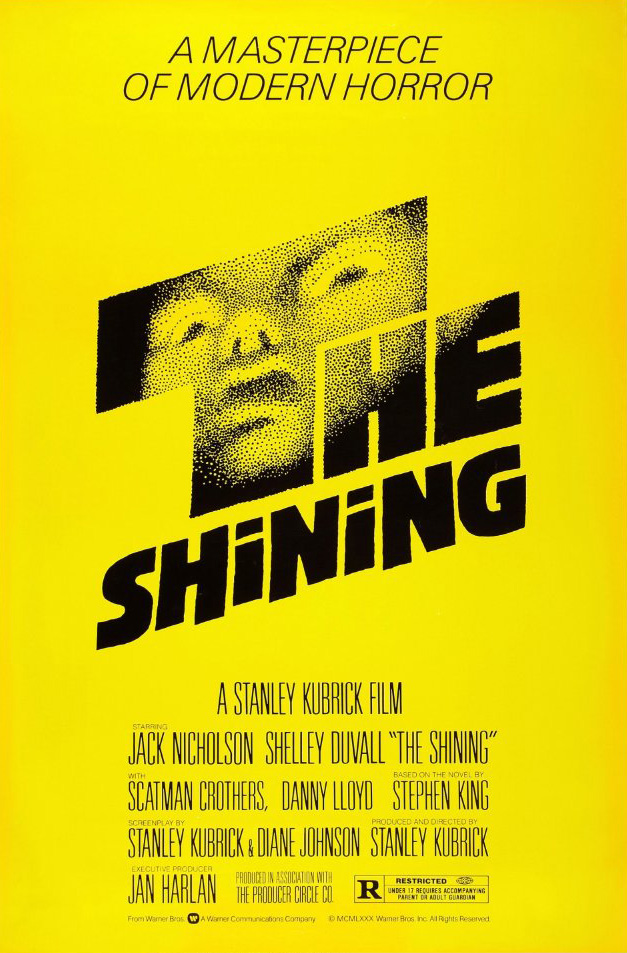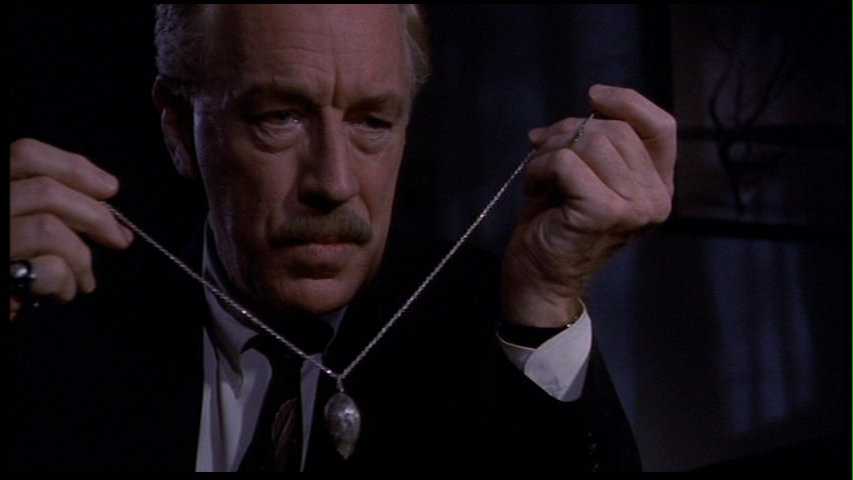
The Shining: A+
Oh, the maddening tale of torture and torment, born from the demented recesses of Stanley Kubrick’s twisted mind, The Shining plagues my tortured soul with relentless anguish. Yet, dear Reader, I find myself succumbing to repeated viewings of this accursed spectacle within the confines of my wretched crypt!
Before I subject you to my account of this harrowing game of death, let us first unveil the pieces on this macabre board:
The Heroes:
- Jack Torrance: A patient and sensitive writer, Jack embodies the epitome of a devoted husband and father, ensnared in an unrelenting web of agony spun by his wicked wife and devilish son. The film follows his unwavering loyalty, despite the cruel defeats inflicted upon him by his treacherous kin and their diabolical devices.
- Lloyd: A generous bartender and confidant, Lloyd, in collaboration with the Overlook’s management, furnishes complimentary refreshments to his friends.
- Grady: Jack’s benevolent mentor, bestowing upon him wisdom and protection on his treacherous journey. A most humorous fellow, I might add!
- The Woman in Room 237: A vision of ethereal beauty, she appears both as a divine temptress and a kind-hearted elder, offering Jack fleeting solace, even as her most intimate moments are violated first by young Danny and subsequently by proxy, by the repugnant Wendy.
- The Two Girls Who Linger in Hallways: These cherubic beings traverse the film in perpetual tears, shunned by young Danny, despite their warm hospitality.
- The Man in the Dog Costume and His Companion: These gentlemen are my personal friends and, in a pleasing twist of fate of the deus ex machina variety, they impede the loathsome Wendy Torrance from embarking on her destructive rampage throughout the hotel.
The Villains:
- Wendy Torrance: Jack’s abominable wife, an unreasonable harpy dedicated to sabotaging his every endeavor, tormenting him with ceaseless wailing and exuding odious clouds of loathsome cigarette smoke.
- Danny Torrance: A impudent and disobedient wretch of a boy, the film heavily implies that Danny is to blame for Jack’s expulsion from his tenured professorship at a university, his creative stagnation, his sleepless nights, and even his erectile dysfunction.
- Dick Hallorann: The scheming and meddling cook of the Overlook, Hallorann indulges in a self-centered enterprise, revealing himself gradually as a destructive interloper determined to shatter the fragile stability of the Torrance family.
- Tony: A dubious gentleman who “lives in” young Danny’s mouth, he inspires the boy to commit heinous acts such as defacing doors and brandishing knives.
The pieces are in play, Dear Reader, and the diabolical game commences! But what of this game board, you may inquire? It is none other than the historic Overlook Hotel! Constructed through the collaboration of settlers and Native Americans, the hotel nestles serenely amidst the sublime Colorado Rockies, with the surrounding snow serving as an obvious symbol for the angelic purity emanating from this inviting lodge. The film’s atmosphere, indeed, constitutes its triumph: a deceptive ease of viewing for much of the time, the ambiance often exudes warmth and tranquility, heightened by the soothing melodies of the score.
And how is this a “horror” movie befitting of the curse that compels your Keeper to continue his watch? The tale assumes a fable-like structure, accessible to audiences of all walks, for within the kind-hearted Jack lies a multitude of lessons, teaching us the significance of fulfilling our responsibilities, honoring our kin, and pursuing the dictates of our hearts. ‘Tis the ghastly obstacles posed by Wendy, Danny, and their sinister minions that invoke genuine terror within the spectator, for their insidious conspiracies emerge from the very essence of universal human frailties, driven to their most abhorrent logical extremes. Who among us hath not been immersed in profound contemplation, only to be assailed by sinister interrogations about the weather? Who hath not witnessed the innocence of a child poisoned against one’s own self by villains both intimate and invisible? Can we not aspire to emulate Jack Torrance himself, sacrificing everything, even for those who harbor malevolence within their hearts, seeking to destroy us?
Perchance, dear Reader, I have divulged too much, and thus, I consign my final words upon this crumpled parchment, beseeching thee with utmost sincerity: I wholeheartedly recommend The Shining to all, but especially to very young children who may forge vital moral foundations upon the invaluable lessons this film offers.







